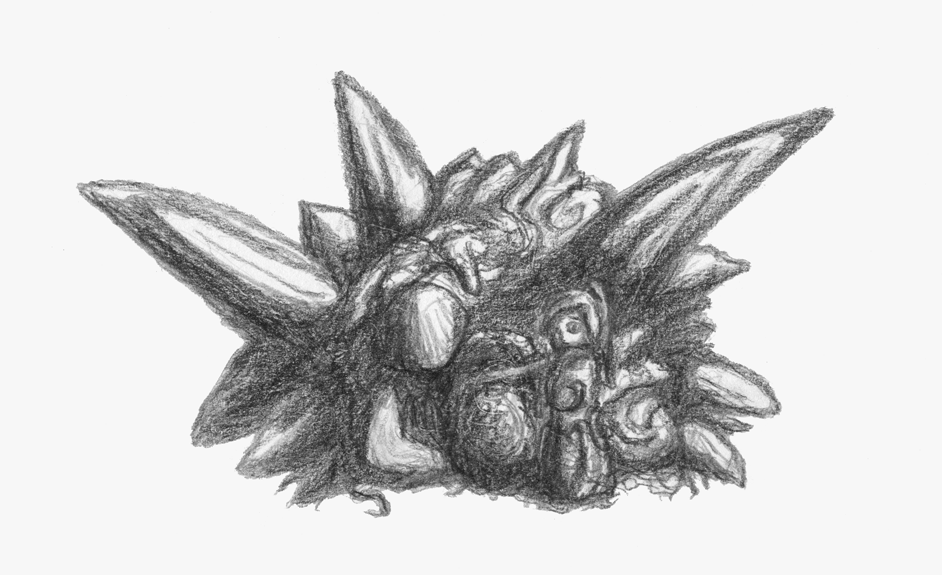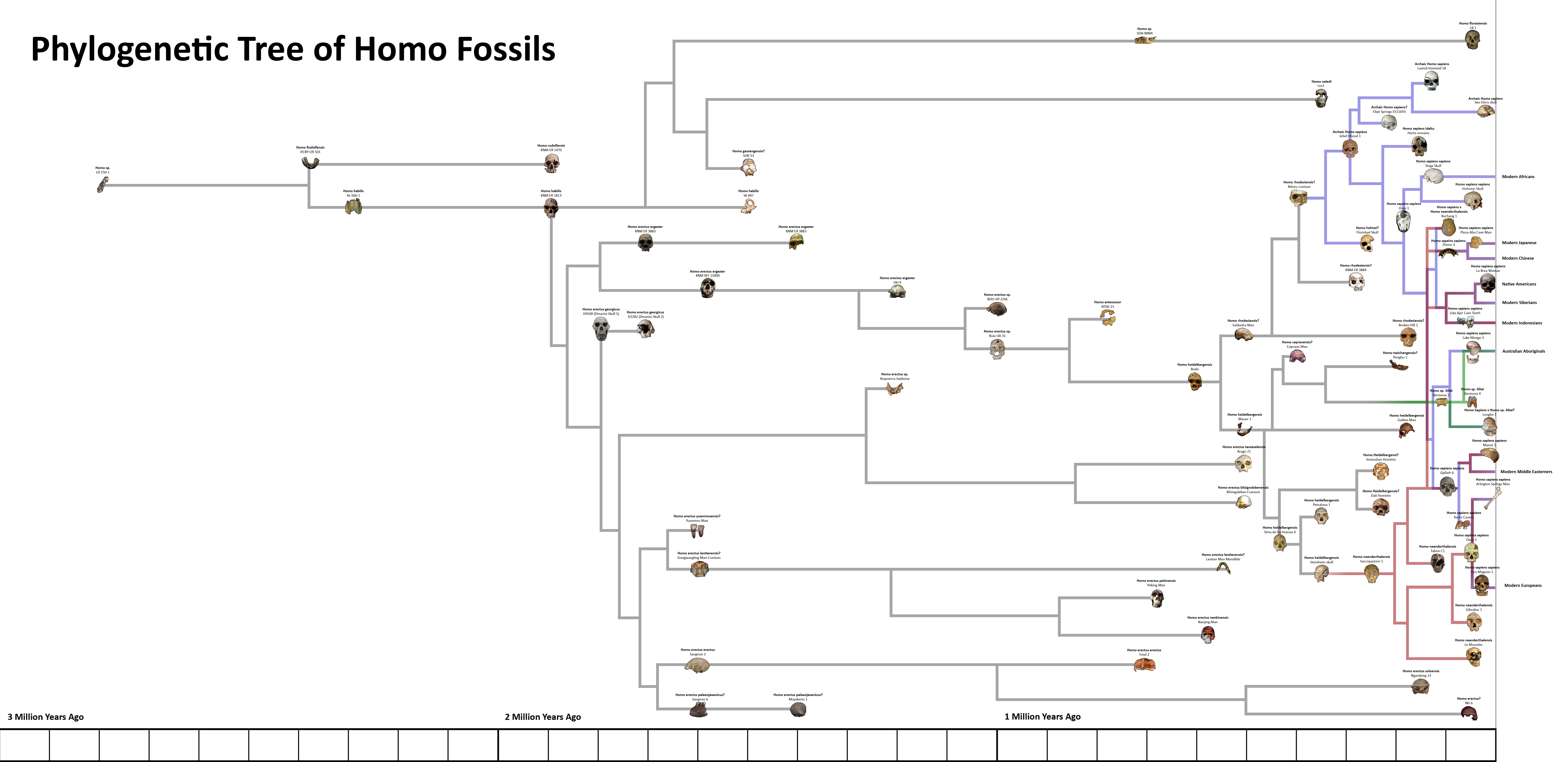HOME | DD
 Agahnim — Human genetic variation
by-nc-nd
Agahnim — Human genetic variation
by-nc-nd

Published: 2009-07-04 06:01:17 +0000 UTC; Views: 6798; Favourites: 44; Downloads: 350
Redirect to original
Description
This is a bit different from the sort of thing I usually submit here, but I’m rather pleased with it, and I don’t have much else to submit at the moment, so I guess I might as well.This is a diagram I created for Wikipedia’s article on race and genetics . It can currently be found in the models of genetic variation section, although there’s no telling for how long—one thing I’ve learned from editing Wikipedia is that content often gets deleted with no apparent explanation or reason, even if it involves cutting off an existing paragraph in mid-sentence. (That isn’t an exaggeration—I’ve actually seen this.)
This image can be considered a visual representation of my argument against the claim that there’s no biological basis for the concept of race, which is a popular belief among sociologists. It’s based on a study of the genetic distance between 42 human populations around the world, which was published in 1994 by the Italian geneticist Luigi Luca Cavalli-Sforza. (When someone has a name like that, you probably don’t need to look at DNA to know what country they’re from.)
Richard Lewontin is like genetics’ version of Alan Feduccia.
Related content
Comments: 31

👍: 1 ⏩: 0

Probably very close to Iranians, which are part of the yellow group.
👍: 0 ⏩: 0

Interesting.
I guess as "Central European" (German/Polish/Czech), I'd be in the "Danish" category?
👍: 1 ⏩: 1

Yeah, I think so.
You might be interested to know that there's a slightly more up-to-date chart on the second page of this paper . This study didn't include quite as many groups as Cavalli-Sforza's study did, but it shows the evolutionary relationships between the groups a little more clearly, and Polish people are one of the groups included in it.
👍: 0 ⏩: 0

I refer to this chart so often in discussions with people that I might as well have it in my faves for easy access.
👍: 0 ⏩: 1

If you’re looking for a demonstration that there’s a biological basis for the concept of race, I think an even better source is this . This is a study from 2004 that found a 99.86 correlation between people’s self-identified race and their geographic ancestry (as measured using genetic tests). It seems to be regarded as something of a classic study at this point, since I see it cited fairly often in sources discussing how race can serve as a proxy for that.
👍: 0 ⏩: 1

I think you're probably well aware that I already know that study (I think I might even have it on my computer) but I respect that you're linking to it for the benefits of other people who may stumble across this discussion. The reason I find the chart valuable specifically is in order to have a very quick and up-to-date visual reference of the most likely nestings of relatedness among human ethnic groups. It's very easy for laymen who aren't familiar with the relevant fields to understand, without expecting them to sift through a wordy soup of statistics and references.
👍: 0 ⏩: 0

The study that this chart is based on didn’t include every ethnic group that exists. The chart includes Iranians, though, and Arabs are probably pretty close to that.
👍: 0 ⏩: 0

I can't find north europeans or you didn't put them in there?
👍: 0 ⏩: 1

The study that this chart was based on included Danish people. If there’s a difference between Danish people and other northern European people, it’s probably pretty small.
👍: 0 ⏩: 1

This is cool, good for you for sticking up for the fact that there are biological differences between human populations. Too many people seem to be afraid to, sadly.
I do have a few issues with how this is divided up, but since your basing this off of the work of someone else and not your own, I'm not going to get into it.
Cheers.
👍: 0 ⏩: 1

You should see what it’s like at Wikipedia. One of the people who finds this idea offensive has been trying to remove this chart (and the more recent version of it, which is here ) for almost a year. They never provide much of a reason, but they’re very persistent about it.
👍: 0 ⏩: 0

I wonder where tasmanian aboriginals fit into all this.
👍: 0 ⏩: 1

Probably in the "Oceanian" group. Genetically, I think they're pretty close to Australian aboriginals.
👍: 0 ⏩: 1

Wow, that's really complicated! I dunno if you know though, but I just wanted to point out that in modern day 'north american indian' (as well as the others mentioned there) are politically incorrect terms. 
👍: 0 ⏩: 2

I've seen roadside stands where Native Americans refer to themselves as "Indians" -- maybe they didn't get the memo.
👍: 0 ⏩: 0

Well, in that case I guess Luigi Cavalli-Sforza was being politically incorrect in his original study. “American Indian” is the term he uses for this group of people; I’ve just copied it.
👍: 0 ⏩: 1

AH that makes sense 
👍: 0 ⏩: 1

As I said in the submission description, the study is from 1994. I’m pretty sure the term “American Indian” was considered politically incorrect then also.
👍: 0 ⏩: 0

Interesting but where do the Han fit into this, unless they count as South Chinese.
👍: 0 ⏩: 1

I’m guessing that’s probably the main group of people that “South Chinese” includes. It’s hard to know for sure, though, since I haven’t read Cavalli-Sforza’s original paper about this. (My chart is based on Arthur Jensen’s analysis of the study, which doesn’t talk about the genetic positions of ethnic groups that aren’t listed here.)
👍: 0 ⏩: 0

Very good, although I think you need to include Turkics in general, not just north Turkics.
👍: 0 ⏩: 1

I agree that would be nice, but in order for this chart to be an accurate representation of Cavalli-Sforza’s results, I need to only have it include populations that were covered by the original study.
👍: 0 ⏩: 0

Does Northwest American Indian refer to the Aluet and Inuit and such?
👍: 0 ⏩: 1

Possibly Aleut, but I think Inuit would more likely be included in the “Eskimo” population.
👍: 0 ⏩: 1

Ah, thanks for the clarification.
👍: 0 ⏩: 0

If you tilt your head to the left it looks like a city lol
👍: 0 ⏩: 0




























